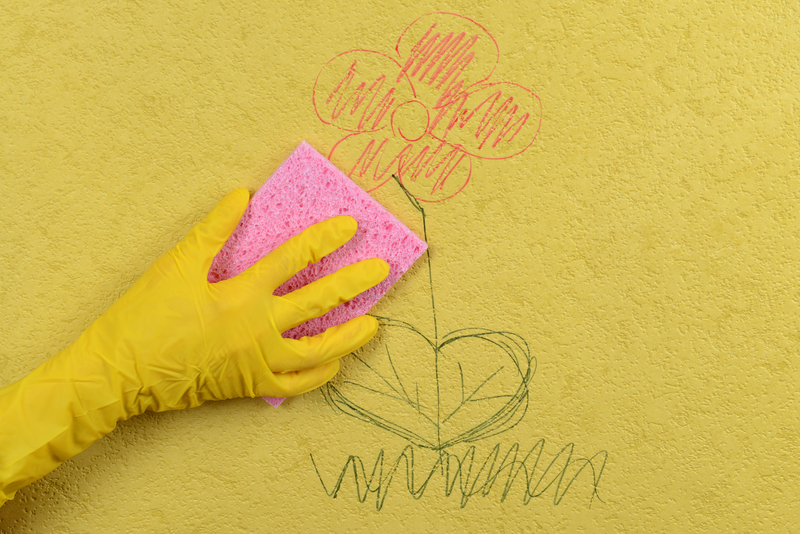Effective Window Screen Washing
Posted on 19/09/2025
Keeping the window screens of your home clean is an often-overlooked task but it has a huge impact on the overall cleanliness and air quality of your home. Clean window screens not only improve your view but also prevent dust, dirt, and debris from entering your home. This guide will help you understand how to effectively clean your window screens to ensure they look pristine and function as they should.
Why Cleaning Window Screens is Important
Regular cleaning of window screens helps in maintaining proper ventilation and airflow, ensuring that your home remains dust-free. Dirty screens can also harbor mold and allergens, which can be detrimental to your health. Proper maintenance can extend the lifespan of the screens, saving you money in the long run.

Tools and Materials Needed
Before you begin cleaning, gather the following materials:
- Soft brush
- Vacuum with a brush attachment
- Mild soap or detergent
- Bucket
- Garden hose with spray attachment
- Soft cloth or sponge
Step-by-Step Guide to Washing Window Screens
Step 1: Remove the Window Screens
Carefully remove the screens from your windows. Depending on the design, some may pop out while others may need to be unscrewed. Place them on a clean, flat surface like a tarp or a piece of cardboard.
Step 2: Vacuum the Screens
Using a vacuum cleaner with a brush attachment, gently vacuum both sides of the screen. This step will help you remove loose dirt, dust, and debris, making the subsequent cleaning more effective.
Step 3: Rinse with Water
With a garden hose, gently rinse the screens to remove any remaining loose dirt. Avoid using high pressure as it can damage the fine mesh of the screen.
Step 4: Soak and Scrub
In a bucket, mix mild soap with water. Using a soft cloth or sponge, gently scrub the screen with this soapy mixture. Clean both sides thoroughly, paying special attention to spots with stubborn dirt.
Step 5: Rinse and Dry
Once the scrubbing is done, rinse the screens again with the garden hose to wash off the soap. Make sure all soap residues are removed to prevent streaking. Lay the screens flat and allow them to air dry completely before reinstalling them.
Tips for Maintaining Clean Window Screens
- Clean your screens at least twice a year to maintain optimal cleanliness.
- Inspect for damages like tears or rust to address them promptly.
- Consider using a protective coating to help repel dirt and prolong the life of the screens.
- Avoid using harsh chemicals or abrasive materials which can damage the screen.
Pros and Cons of Window Screen Washing
Pros
- Improves air quality by removing dust and allergens.
- Enhances the appearance of your windows.
- Prolongs the lifespan of the screens.
Cons
- Can be time-consuming, especially for larger homes.
- Temporary removal and handling may damage old or fragile screens.
- Requires physical effort and proper equipment.

Takeaways
Effective window screen washing involves a series of steps, from removing and vacuuming the screens to soaking, scrubbing, and drying them properly. Regular maintenance not only keeps your home looking clean but also contributes to better air quality and longer-lasting screens. Understanding the pros and cons can help you plan and execute this task more efficiently.
Conclusion
Cleaning window screens may seem like a tedious task, but it is crucial for maintaining a healthy and clean living environment. By following this guide, you can achieve spotless screens that enhance the beauty and functionality of your homes. Whether you do it yourself or hire a professional, the benefits of clean window screens are undeniable. Regular maintenance, as along with addressing any issues promptly, will ensure your screens remain in great condition for years to come.

 Company name:
Company name:  Telephone:
Telephone:  Opening Hours:
Opening Hours:  Street address:
Street address:  City:
City:  E-mail:
E-mail:  Web:
Web:  Description:
Description: 







